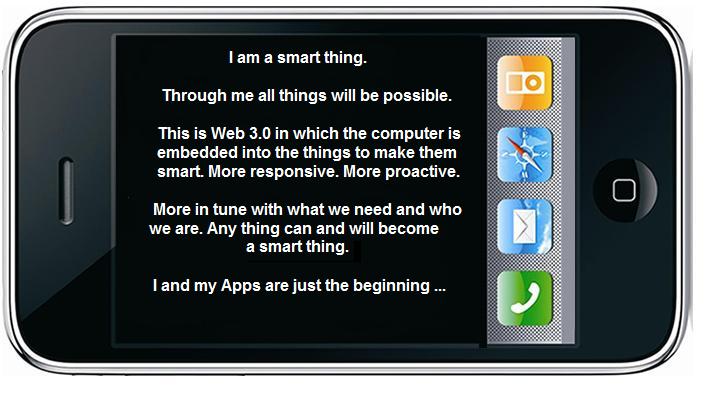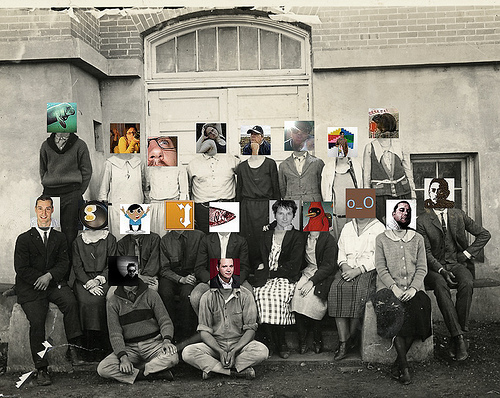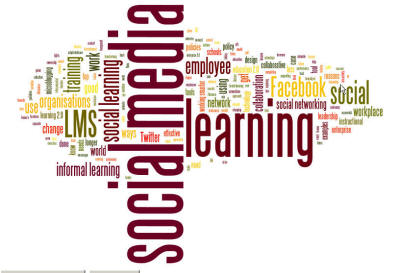Into The Age of the Smart Things
 It’s almost a New Year – 2013 – and already the Next Big Thing is upon us. Actually that’s ironic since the Next Big Thing is all about things, Smart Things.
It’s almost a New Year – 2013 – and already the Next Big Thing is upon us. Actually that’s ironic since the Next Big Thing is all about things, Smart Things.
Refrigerators that scan bar codes and tell us what we have, which items we need, send shopping lists to our networked printers and suggest recipes from The Food Channel on our iPads.
Cars that use electricity and call our Smartphones to tell us how they are doing and what they need.
Entertainment systems that scan the Network and record the programs we like, or instant message us to ask if we want to watch a movie we listed. And before the movie starts, this Device2Device (D2D) networked cyber universe sends a signal to the microwave to zap the popcorn.
There’s actually a lot more than I know about or can imagine right now. The question I always come back to is how will all these smart things impact upon our ability to learn what we need to know and know-how to do?
Neuroscientists and others who study how we learn are already discovering a long list of activities and approaches that enable and disable the learning process (e.g. Brain Rules by John Medina). Will they be embedded as rules into the Smarter Learning Things that will help us learn? Can we develop a Smart LMS? And what about the innovative new methods and approaches that are being adopted by the people who develop the learning tools we already have? AI tutors and new formative assessment analytics? Will these Smarter Learning Things help enable our learning process and help us to be smarter? Does the next step in our evolution involve linking our brains to these machines?
And has it already started …
Will we become embedded as part of these Smarter Learning Things?
I don’t have the answers. I’m simply asking the questions. I was born before computers started appearing everywhere and the Internet became the digital brain of the world. Things were dumb. Now thanks to embedded computers, things are “smart”. What does smart mean? If you are smart, is a computer embedded in you? Is that the new meaning of being a “Smart Person”.
What do you think about the impact of smart technology on the future of learning? Can it enable the learning process and make learning easier, more enjoyable and more effective by using ‘smart’ technology? Or does it. as some early studies indicate, disable the learning process and dumb us down?
Let me know. I’d like to hear what you think as we charge inexorably into this Brave New World of Learning and Smart Things …






